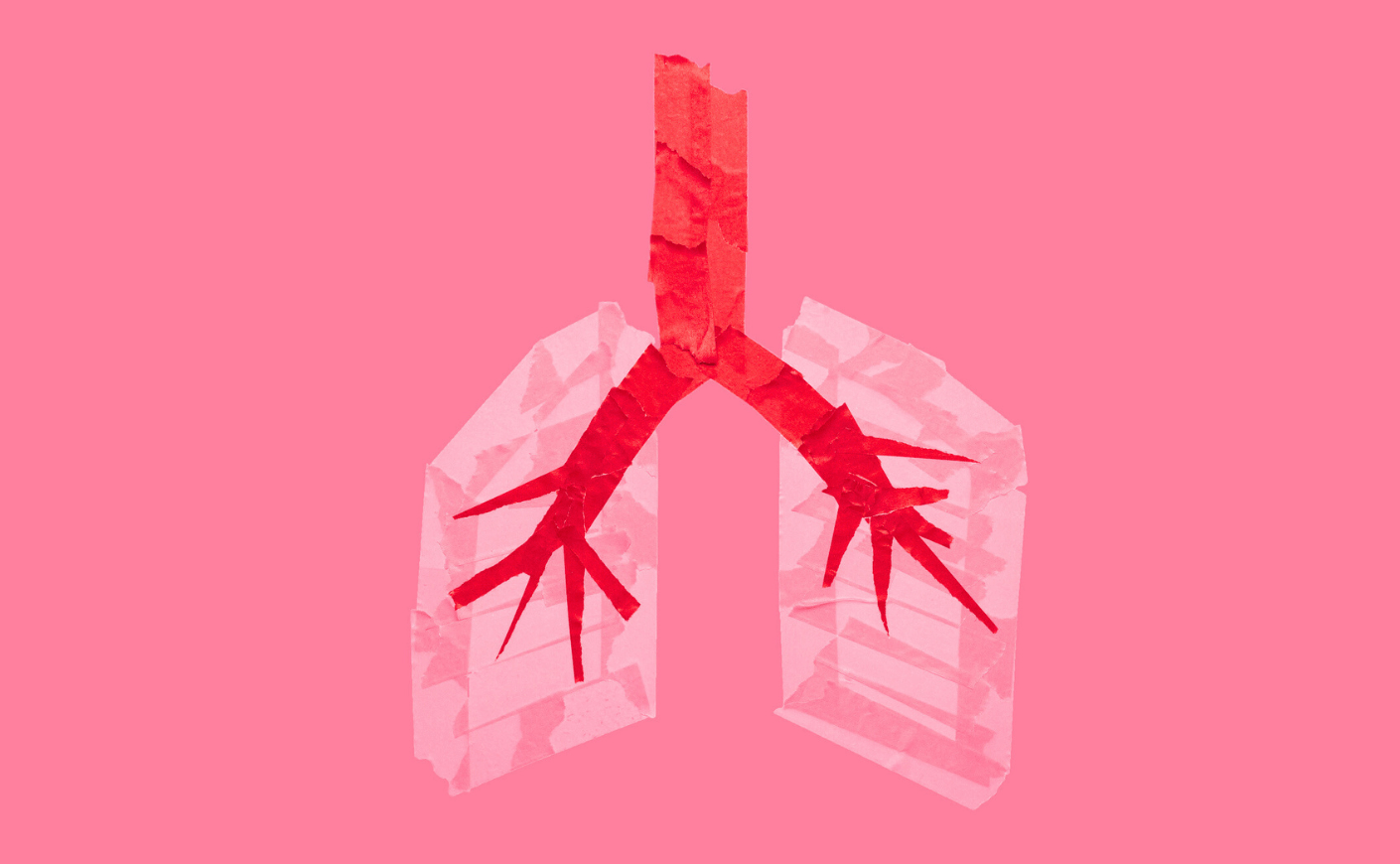When our sister Susan was diagnosed with stage 4 non-small cell lung cancer at age 54 — as a person with no tobacco use history — we felt powerless. We realized that there was no clear way the U.S. health system, Susan’s doctors, or our family could have done much to prevent this terminal diagnosis. This was particularly devastating as we've dedicated our professional lives to health prevention and promotion as a Professor of Pediatrics and Epidemiology (at the University of California San Francisco) and the founder and CEO of 23andMe. For us, prevention of disease is a mantra that we live and breathe.
Getting diagnosed with any disease often raises the “Why me?” question. But with lung cancer in someone who has never smoked, there are few answers and a dizzying number of why’s.
Why is there no universal lung cancer screening for Americans akin to those for breast, prostate, or colorectal cancers? More Americans die every year from lung cancer than breast, colorectal, and prostate cancers combined, according to the American Cancer Society, so why is there no call to action to demand more federal funding to develop screening modalities for lung cancer? As we have no accepted screenings for Americans without significant smoking histories, lung cancer is often diagnosed at stage 4, when it has already metastasized (as in 30-40% of new cases). The prognosis is dismal and the health system is doing catch up on these patients, just like it was on our sister Susan.
But the story could be vastly different if lung cancers were caught at stage 1 before metastasis. Many Americans are just like us. Many have friends and family that have been impacted by a lung cancer diagnosis. We can do better, and we need to demand action by our government and policymakers. Our research and innovation capabilities as Americans are second to none and we can turn the tide on lung cancer deaths by designing ways to screen and prevent lung cancer metastasis.
Equally disturbing, as we went down the rabbit hole of lung cancer in the United States, was learning that those who are eligible for lung cancer screenings were not getting referred and/or screened.
Why are the Medicare covered lung-cancer screenings (annual low-dose computed tomography, aka CT scan) not followed for those who qualify with only 5.8% of those eligible screened in 2022? We've come a long way as Americans in our scientific understanding of nicotine addiction. There should be no stigma or blame in providing necessary health care to our population of 50 to 80 year-olds with a 20 or more pack-a-year history (one pack a day of cigarettes over 20 years) who qualify for CT screening. This population should also know their rights and demand screenings, as these low dose CTs are covered by Medicare.
There's no well-known symbol in association with lung cancer awareness — and limited large-scale efforts to publicize lung cancer.
We need to better understand why these screenings aren't happening, and ensure that our providers and hospitals work together with patients to catch as many early-stage cancers as possible.
Lastly, why hasn’t the lung cancer community mobilized in the same way that pink ribbons became the universal symbol for early detection, prevention, and support of breast cancer? In 1992, the cosmetics giant Estée Lauder began sharing pink ribbons during breast cancer awareness month at its counters in department stores. As of today, these efforts have funded more than $144 million for research and education and the pink ribbon is well recognized and synonymous with breast cancer awareness. Moreover, subsequently, celebrities have come together to support the fight against breast cancer — including those with a diagnosis, such as Sheryl Crow, Kylie Minogue, Christina Applegate, and Cynthia Nixon — putting a public face to breast cancer prevention and diagnosis.
By contrast, there's no well-known symbol that the public recognizes in association with lung cancer awareness, and there have been limited large-scale efforts to publicize lung cancer awareness and prevention. There are few celebrity public faces of lung cancer and fewer corporate sponsorships in the same way that Estée Lauder and celebrity efforts have transformed the breast cancer mission. In the days, months and years ahead, we're hoping to change that.
Written by Janet M Wojcicki, PhD MPH MAS, of the Department of Pediatrics at University of California, San Francisco, and Anne Wojcicki, co-founder and CEO of 23andMe.









